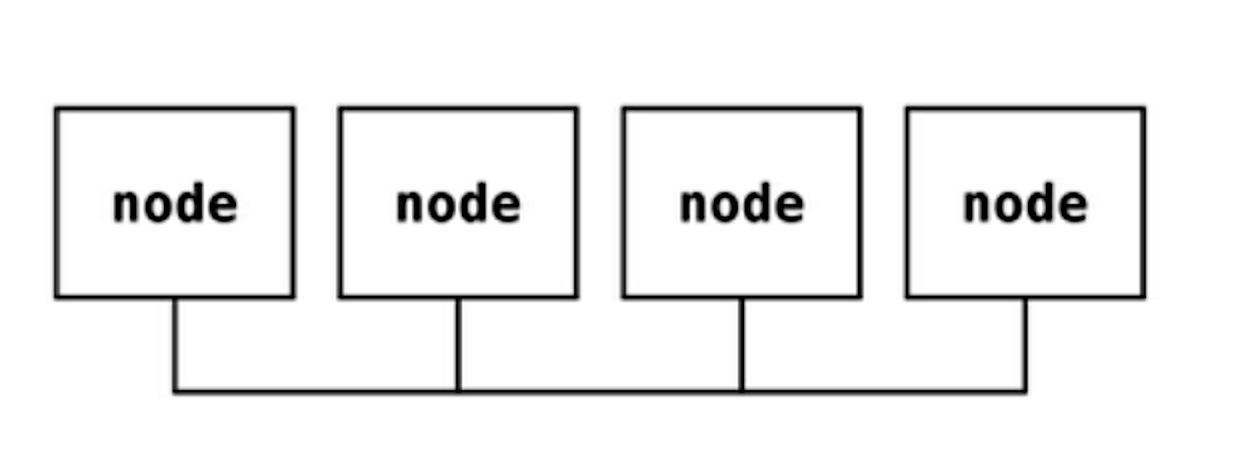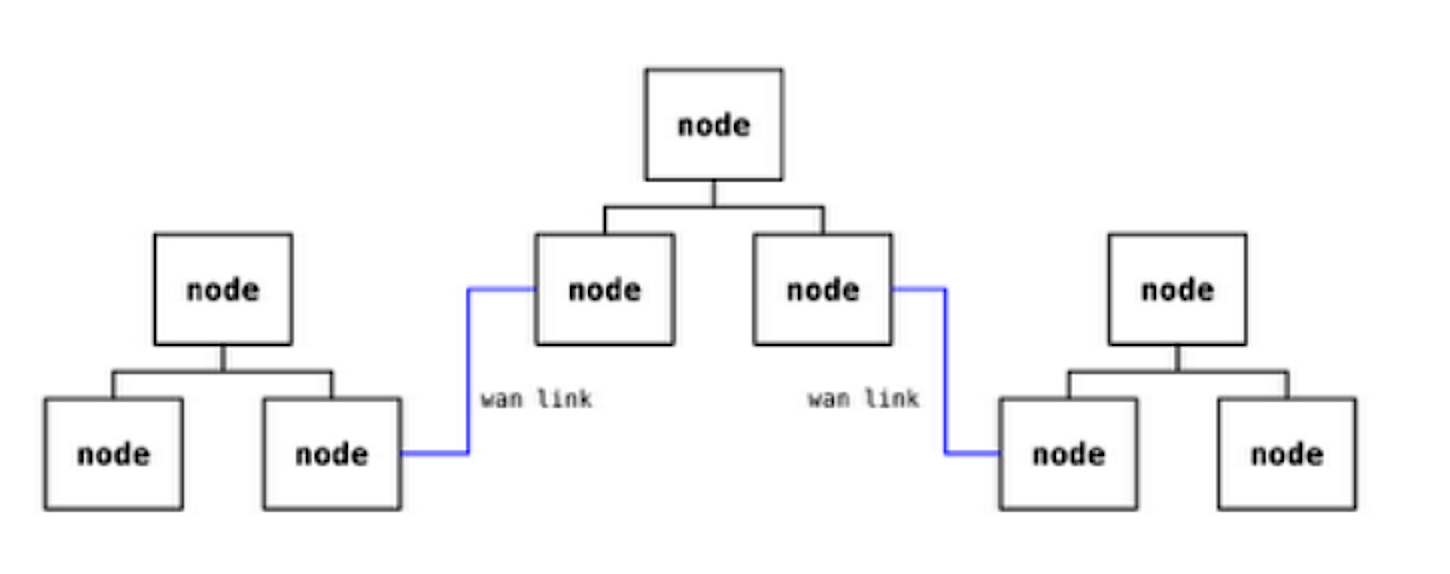
Start exploring Linux Networking and Administration by downloading the free sample chapter today. Download Now
In this third installment of our Linux Foundation Certified Engineer Training Course sneak peek blog, we review LANs, WANs, VLANs and Bridges.
In parts 1 and 2 we reviewed the OSI network layers. Now we’re moving on to basic network topologies: local area networks (LANs), wide area networks (WANs), virtual local area networks (VLANs), and bridged networks. These are still the fundamental network designs, even in this fast-moving era of cloud, virtualization, and containers.
LAN: Local Area Network
Smaller network segments are sometimes referred to as collision domains, since there can be only one transmitter on the physical medium at a time. This is common in hub-based networks. Modern switch technology removes the restriction of one at a time, but the concept of broadcast domains still exists. Local Area Networks (LANs) are smaller, locally-connected networks, connected at Layer 2 by the same series of switches or hubs. The node-to-node communication happens at Layer 3, using the same network. Layer 2 to Layer 3 associations may use Layer 2 broadcasts and the ARP and RARP protocols to associate MAC addresses with IP addresses.

Bridged Network
A network bridge or repeater accepts packets on one side of the bridge and passes them through to the other side of the bridge. The effect is bi-directional:
-
It is a combination of two or more networks at Layer 2.
-
Bridged networks communicate as a single network.

WAN: Wide Area Network
A Wide Area Network (WAN) is a large and geographically diverse network. It is connected at Layer 3 from node to node.

VLAN: Virtual Local Area Network
A Virtual Local Area Network (VLAN) is a method for combining two or more separated LANs to appear as the same LAN. It is also a method for securing two or more LANs from each other on the same set of switches.

In part 4, “LFCE Prep Course: DNS Overview,” we’ll learn about the Domain Name System (DNS) protocol, include authoritative and recursive DNS servers, the DNS database, root DNS servers, and DNS command-line tools.
The Linux Foundation offers both certification tests and training, which you can read all about at Linux Foundation Training. You can become a Linux Foundation Certified Sysadmin, or a Linux Foundation Certified Engineer. In this series, you’ll get a look at our new Linux Foundation Certified Engineer prep course. The full LFCE course has 12 chapters. Over the next few weeks, we will preview “Session 2: Linux Networking Concepts and Review”.
Download the full sample chapter: Linux Networking Concepts and Review.
